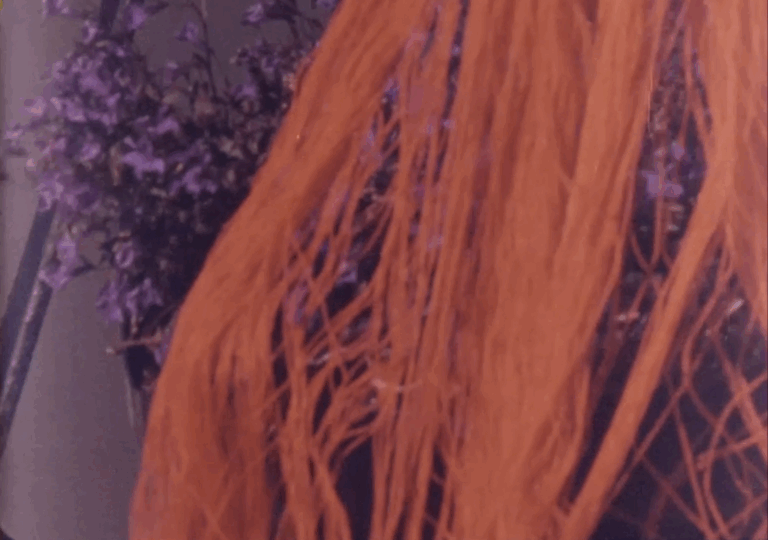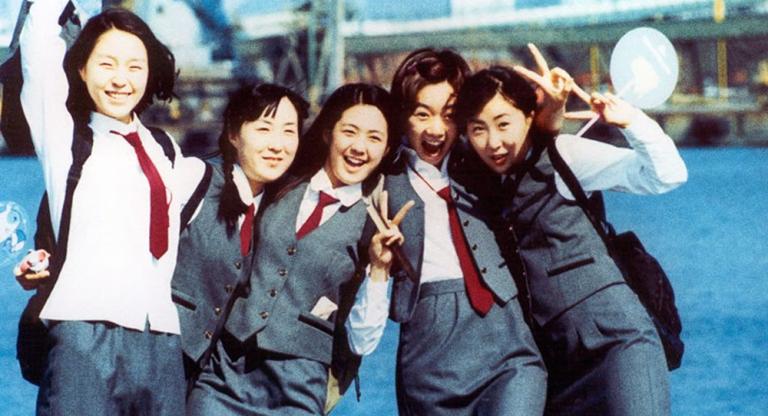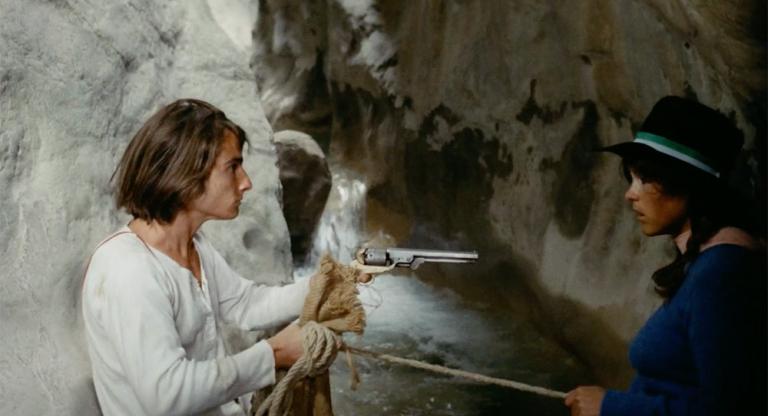In experimental art, titling can offer important context—a possible lens through which we might understand a given artwork. Larry Gottheim’s final longform film in his “Elective Affinities” series, Tree Of Knowledge (1981), is held together by the implications of its name. In Judeo-Christian theology, the Tree of Knowledge represents a loss of innocence for humanity, signalling that the pursuit of knowledge leads to sin. Gottheim’s film combines footage of trees, bare branches, withering fruits, and melting ice in a wooded area, with found educational and medical films to create a subtle and multilayered reflection on the world and its subjectification. It's a timely work that addresses a familiar contemporary malady: the paranoia and conspiratorial thinking that comes from a person’s inability to successfully integrate knowledge into their view of reality.
Gottheim, a pioneering figure in American experimental cinema, established the film department at SUNY Binghamton with Ken Jacobs. Tree of Knowledge resembles Jacobs’s own mammoth Star Spangled to Death (2004) in both form and in its subversive perspective. Gottheim mingles his own original footage with the detritus of American media from the 1950s in order to highlight the nation’s psychological and ideological cracks. One of Gottheim’s primary found footage sources is a medical film in which paranoid subjects are interviewed; in the film, one woman explains how unseen people have been watching her; another voices her belief in the Book of Revelation and argues that Hitler was right even if most people are afraid to admit it. Alongside this archival footage, Gottheim includes footage and audio from an educational film for children. It provides information about the seasons, the position of the sun and its relation to time, and how butterflies die in cool weather. This last aspect of the film, repeated several times throughout Tree Of Knowledge, has a particularly poignant effect. But, perhaps most brutally, we also hear the sounds of shrieking pigs being corralled and possibly slaughtered. The banal educational film, the unsettling interviews from the medical film, and Gottheim’s own images offer three perspectives on the world—objective, subjective, poetic. Together, they combine to create a vision of human interpretation and its potential malfunction in the face of knowledge.
Mnesmosyne Mother of Muses (1986) is a more frenetic descent into rapidly changing images and sound. With shades of Hollis Frampton and Marie Menken, Gottheim turns the neon lights of a city at night into abstract smears of color using a stuttering, under-cranked frame rate. These vivid images are interspersed with super high contrast footage of beachside frolicking and a wedding ceremony, among other powerfully symbolic choices. The soundtrack is strange, with a deep, undulating voice in reverse that veers into harsher tones at times; the sonic intensity pairs nicely with the wildly careening images. As Mnesmosyne goes on, it teaches the viewer how to watch it. Opera enters the soundtrack and it becomes clearer that Gottheim’s film is a work of visual music, one made up of various motifs and based in deconstruction and reconfiguration. It’s no surprise that we see images of a building being torn down throughout the film, but if Tree Of Knowledge is a film about the dangers of what the world of things and ideas could do to a person, Mnesmosyne is a celebration of the beauty that same world harbors, and what an artist might salvage and create from it.
Larry Gottheim: The Red Thread is presented by SF Cinematheque with Larry Gottheim in person from Wednesday, November 5 through Friday, November 7 at the Roxie Theater, Gray Area, and Shapeshifters Cinema. "Mnemosyne Mother of Muses" and "Tree of Knowledge" screen on Thursday at Gray Area.



